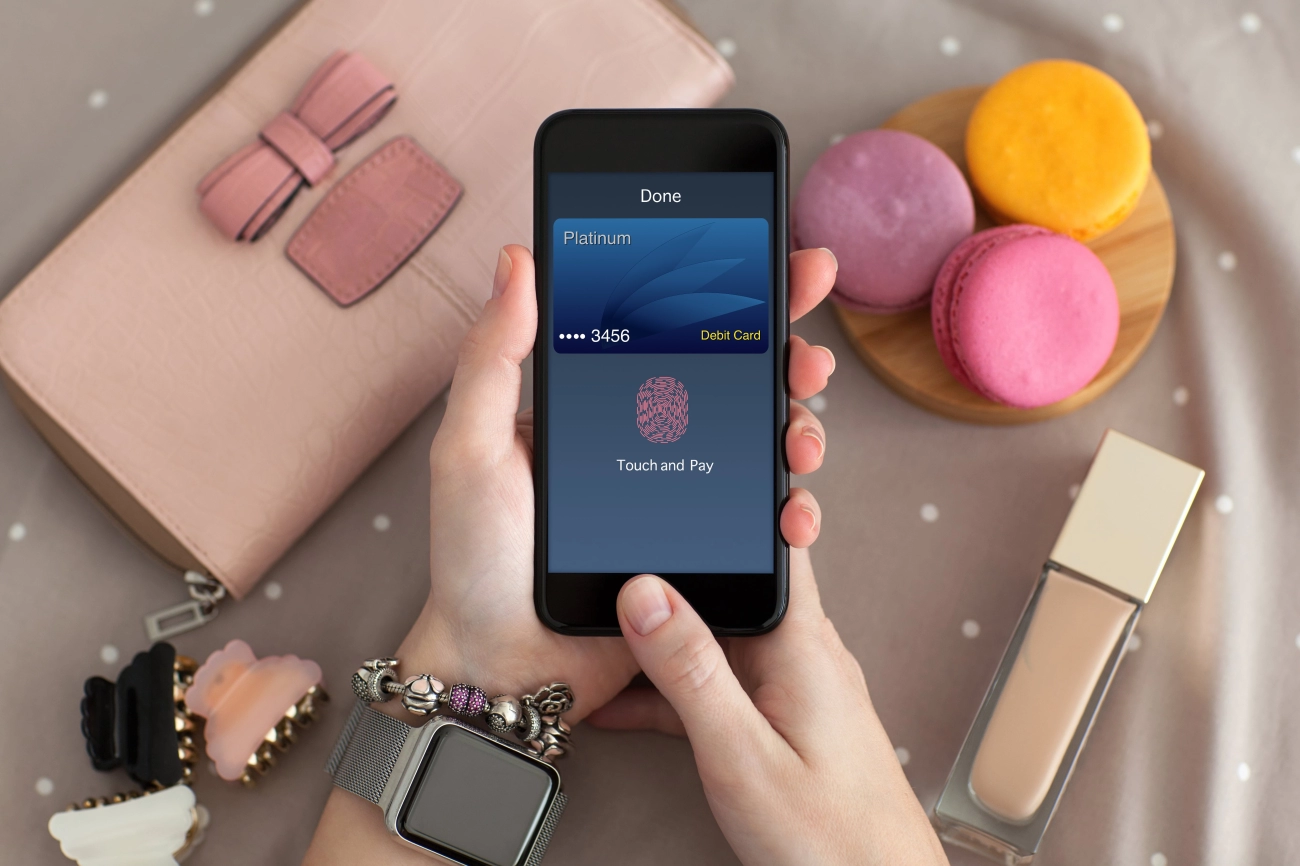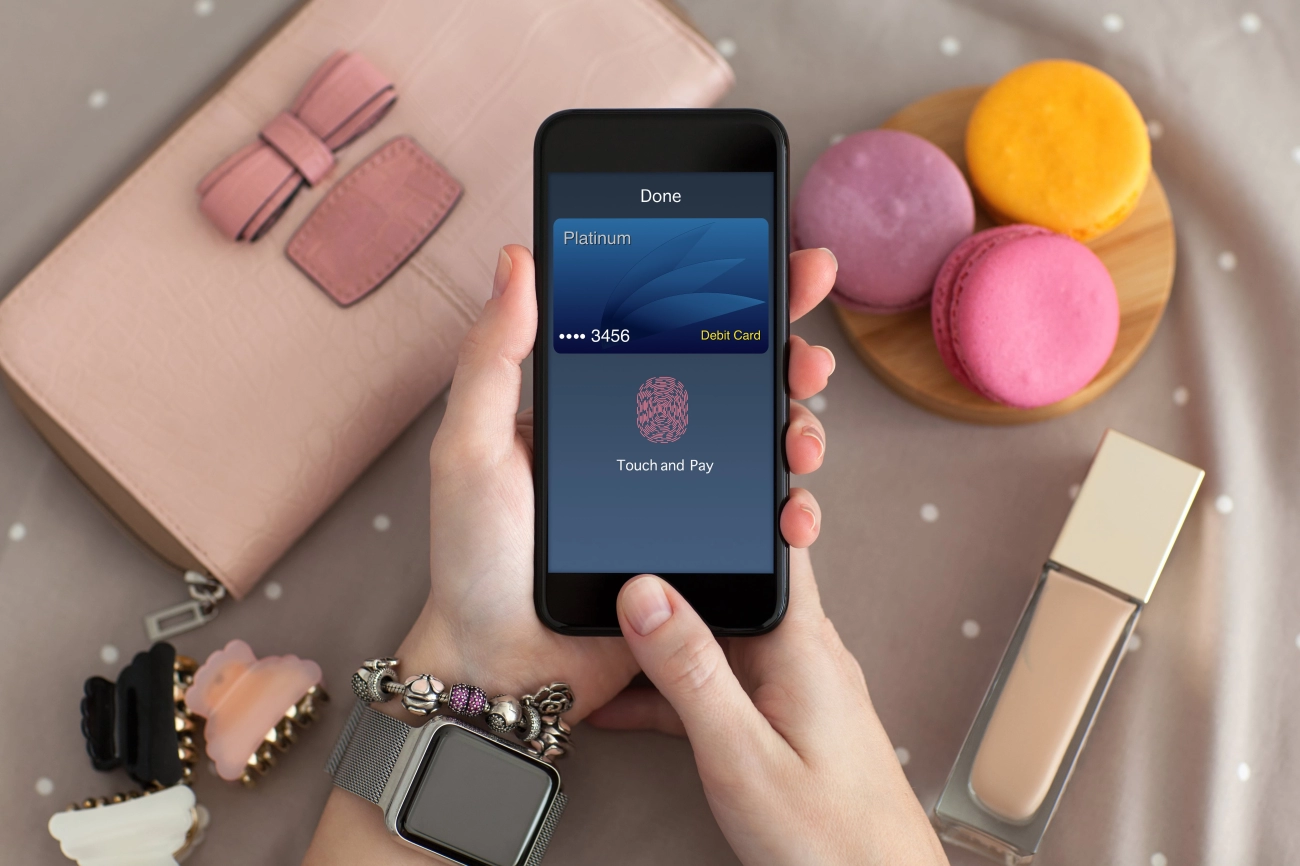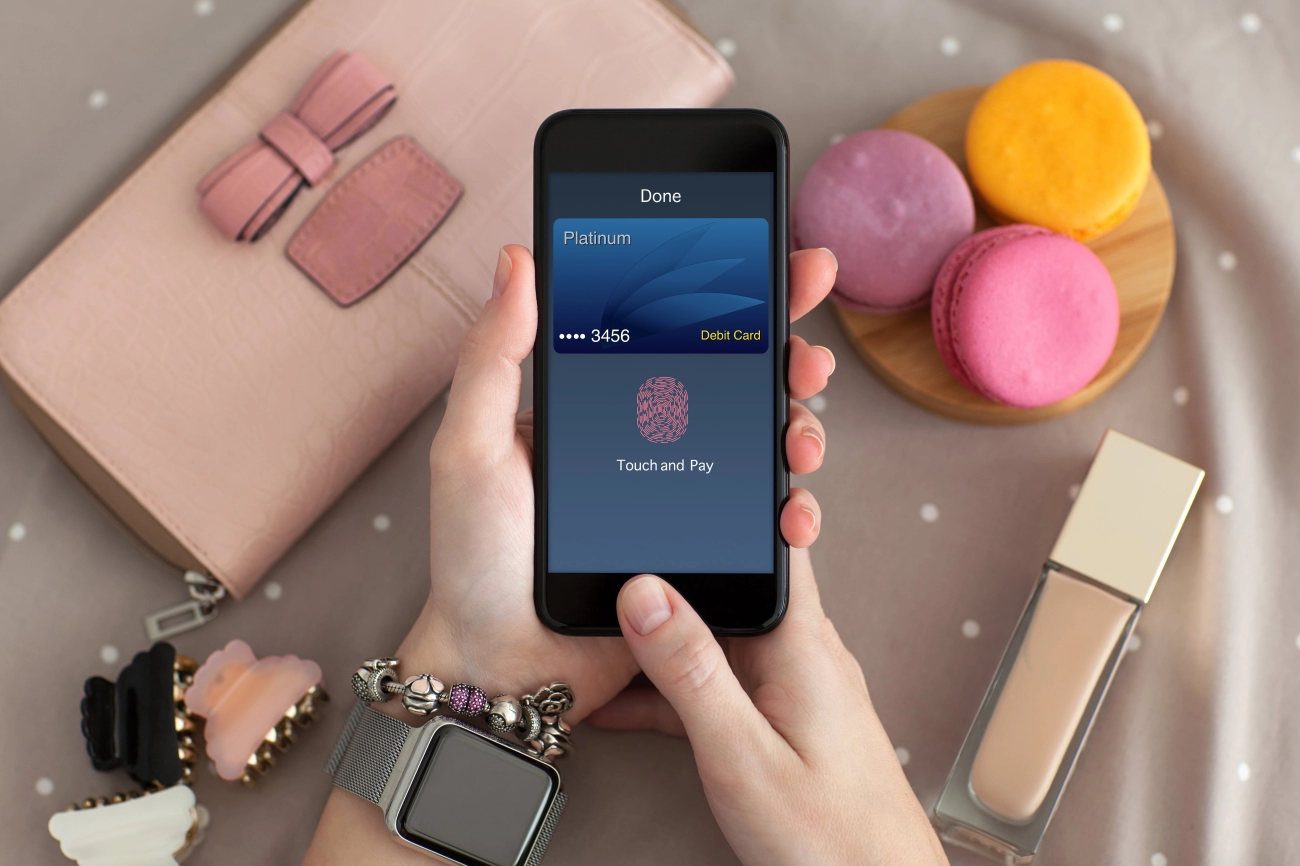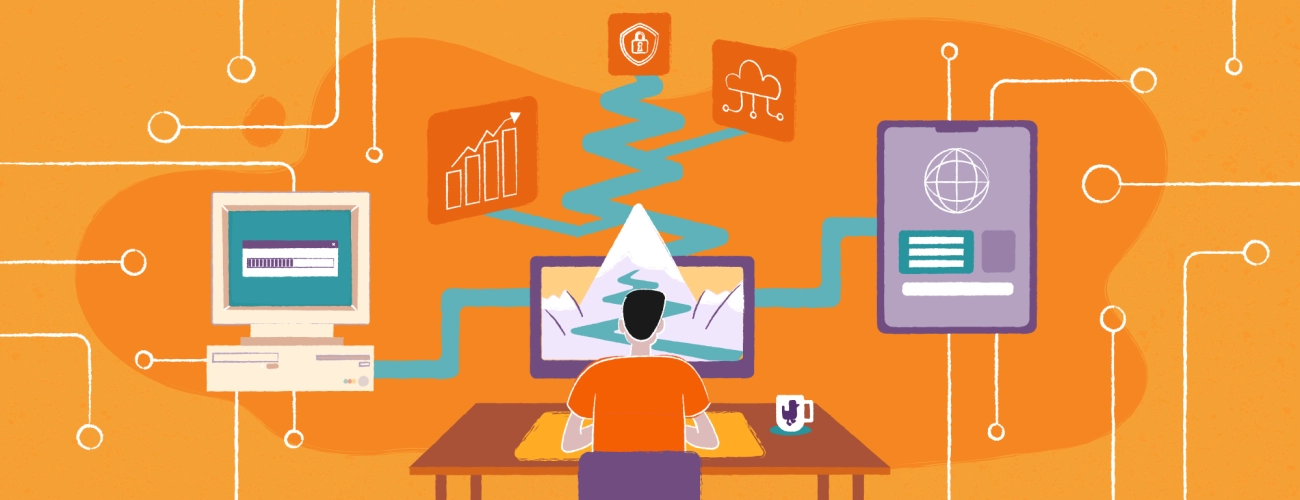Biometric Payment POS Systems Secure Fast and Convenient Transactions

Are you ready to transform your retail transactions with cutting-edge technology? Biometric payment POS systems are revolutionizing how businesses process payments, offering unmatched security and convenience. As a business owner, I understand the need for reliable, innovative solutions to stay ahead in a competitive market. That’s why I’m sharing insider insights on biometric POS systems, based on real-world expertise and industry trends. In this guide, you’ll discover how biometric payment technology works, its game-changing benefits, and why SDLPOS is your go-to partner for seamless integration. Let’s dive in and explore the future of payments!
What is a Biometric Payment POS System
A biometric payment POS system is an advanced point of sale solution that uses unique biological traits for payment authentication. Unlike traditional POS systems relying on cards, PINs, or cash, biometric POS systems verify a customer’s identity through physical or behavioral characteristics. This approach combines convenience with enhanced security, transforming how payments are processed in retail and service environments.
Understanding Biometric Payment Technology
Biometric payment technology captures and analyzes distinct human features to confirm identity during a transaction. Common biometric modalities include:
- Fingerprint recognition: Scanning the unique patterns on a finger to authenticate a user.
- Facial recognition: Using camera-based technology to identify facial features.
- Iris scanning: Analyzing the intricate patterns in the iris for precise authentication.
Each of these methods offers varying levels of accuracy and user acceptance, making biometric POS systems adaptable to different business needs.
Key Differences Between Biometric and Traditional POS Systems
- Authentication method: Traditional POS systems depend on physical cards, passwords, or cash, while biometric systems use biometric authentication—something intrinsic to the user.
- Security level: Biometric POS provides higher fraud prevention by eliminating risks related to stolen or lost cards and forgotten PINs.
- User experience: Biometric systems offer faster, contactless payment processing, improving the overall customer experience.
- Integration capability: Biometric POS seamlessly integrates with existing payment infrastructure, enhancing rather than replacing current systems.
By adopting secure POS payment methods through biometrics, businesses can safeguard transactions and improve operational efficiency, positioning themselves effectively in the evolving landscape of retail technologies.
Why Businesses Are Adopting Biometric Payment POS Systems

Businesses across the U.S. are increasingly turning to biometric payment POS systems to stay secure, efficient, and competitive in today’s fast-paced market. Here’s why this shift is happening:
Enhanced Security Preventing Fraud and Identity Theft
One of the biggest draws of biometric POS is better security. Unlike traditional payment methods that rely on cards or PIN codes, biometric authentication uses unique biological features—such as fingerprints or facial recognition—that are almost impossible to duplicate or steal. This significantly lowers the risk of:
- Fraudulent transactions
- Identity theft
- Account takeovers
In industries like retail and hospitality, where fraud losses can add up fast, biometric POS solutions help protect both businesses and customers by creating a reliable, secure POS payment method.
Faster Transactions and Improved Customer Experience
Speed matters—and biometric POS systems deliver. Instead of fumbling with wallets or entering PINs, customers simply authenticate with a fingerprint or face scan. This reduces checkout times and lines, creating a smoother experience. Benefits include:
- Quicker payments, helping stores handle more customers
- Reduced waiting times, boosting shopper satisfaction
- Contactless authentication that supports hygienic, pandemic-safe payments
For busy U.S. retailers, restaurants, or service kiosks, this faster flow improves both business and customer loyalty.
Reduction of Cash Handling and Associated Costs
Handling cash is costly and risky. It requires extra staffing, manual counting, and exposes businesses to theft or human error. Biometric payment POS helps reduce reliance on cash by simplifying digital payments tied directly to the customer’s biometric profile. This can:
- Lower cash handling expenses
- Decrease errors and shrinkage
- Speed up end-of-day reconciliation processes
Businesses benefit from safer, more efficient payment processing while focusing on technology-driven convenience.
Compliance with Data Privacy and Payment Regulations
Many states in the U.S. have strict laws around biometric data and overall payment security. Modern biometric POS vendors design systems with regulation compliance in mind:
- Storing biometric data securely and locally when possible
- Using encryption and tokenization methods
- Meeting PCI-DSS standards for payment processing
This means businesses can adopt biometric technology confidently with compliance to data privacy regulations, safeguarding themselves against legal risks and ensuring customer trust.
Switching to a biometric payment POS system isn’t just about keeping up with tech—it’s about building a stronger foundation for security, speed, and smart cost management that today’s U.S. market demands.
How Biometric Payment Works at the POS
Understanding how biometric payment POS systems operate can help businesses see the benefits firsthand. Here’s a breakdown of how a typical biometric payment transaction happens, how it fits with your current setup, and which devices work smoothly with SDLPOS cash registers.
Step-by-Step Biometric Payment Transaction Process
Customer Initiates Payment
At checkout, the customer chooses biometric payment as their option on the POS terminal.
Biometric Authentication
The system prompts the customer to authenticate using a biometric method like fingerprint scanning, facial recognition, or iris scanning.
Data Capture and Verification
The biometric sensor captures the unique biometric data and quickly matches it with the stored profile linked to the customer’s payment credentials.
Secure Authorization
Once verified, the system authorizes the payment without asking for a card or PIN, speeding up the checkout process.
Transaction Completion
The POS system processes the payment and prints or sends an electronic receipt, ending the transaction.
Integration with Existing POS Hardware and Software
Adopting biometric payment doesn’t mean replacing your whole system. SDLPOS biometric payment POS solutions are designed to work with your current cash registers and software, offering:
- Easy plugin or USB device connections to existing hardware
- Compatibility with popular payment processing software interfaces
- Simple software updates to add biometric authentication layers without disrupting daily operations
This means your team can continue using familiar tools while upgrading payment security and speed.
Biometric Devices Compatible with SDLPOS Cash Registers
SDLPOS supports a range of biometric devices that integrate seamlessly with their cash registers. Examples include:
- Fingerprint scanners: Compact, reliable, and ideal for quick fingerprint payment technology
- Facial recognition terminals: Cameras built to work with POS systems for smooth and contactless facial authentication
- Iris scanners: High-security devices for environments needing advanced biometric validation
These devices are tested to ensure secure POS payment methods and smooth operation. Choosing from these options lets you tailor the biometric solution to your business needs, whether it’s retail, food service, or kiosks.
By implementing these secure and efficient biometric point of sale solutions, you’re not just upgrading the checkout experience—you’re future-proofing your business with payment technology built for speed, security, and convenience.
Benefits of Implementing Biometric Payment POS Systems

Switching to biometric payment POS systems offers several advantages for both merchants and customers. These benefits go beyond just technology upgrades — they have real impacts on efficiency, security, and growth.
Advantages for Merchants
Increased Sales Efficiency: Biometric authentication speeds up payment processing by eliminating PINs or signatures, allowing for quicker checkouts. This reduces wait times, which can lead to higher customer throughput during busy hours.
Reduced Chargebacks and Fraud: Because biometric data like fingerprints or facial recognition are unique and hard to fake, there’s a significant drop in fraudulent transactions. This lowers the number of chargebacks merchants have to deal with.
Cost Savings on Cash Handling: Using biometric POS systems reduces the need for cash transactions, lowering risks and expenses related to counting, storing, and transporting cash.
Benefits for Customers
Convenience and Speed: Customers enjoy faster, hassle-free payments with just a fingerprint or face scan. This convenience makes the shopping experience smooth and more enjoyable.
Enhanced Privacy and Security: Unlike passwords or cards that can be stolen or shared, biometric authentication ties payment methods directly to the user’s unique traits, protecting personal and payment information.
Quick Authentication Experience: Biometric methods streamline the user authentication process, cutting down on time spent fumbling for wallets, cards, or remembering PINs.
Business Scalability and Competitive Edge
Easier to Scale: Biometric payment POS systems integrate seamlessly with existing hardware and software, making it simple to expand across multiple locations without disrupting operations.
Competitive Differentiation: Offering biometric payment options sets your business apart, appealing to tech-savvy consumers and signaling a commitment to advanced, secure payment solutions.
Future-Ready Payment System: Implementing biometric POS now prepares businesses for upcoming trends like contactless biometric payments and AI-enhanced security features, helping stay ahead in the U.S. market.
By focusing on these benefits, retail and service businesses in the U.S. can improve operational efficiency and customer satisfaction simultaneously, making biometric POS systems a valuable upgrade.
Challenges and Considerations with Biometric Payment POS Systems

Implementing a biometric payment POS system brings clear benefits but also comes with important challenges. Understanding these helps businesses plan better and avoid pitfalls.
Privacy Concerns and How to Address Them
Privacy is often the biggest worry around biometric authentication POS systems. Customers want reassurance that their biometric data—like fingerprints or facial scans—is safe and won’t be misused or stolen.
- Data protection is critical. Use encryption to secure biometric data both in storage and during transactions.
- Comply with regulations. Follow laws like the California Consumer Privacy Act (CCPA) and other US data privacy standards.
- Be transparent with customers. Clearly explain how their data is captured, stored, and used.
- Offer opt-in options. Let customers choose biometric payments rather than requiring it, which helps build trust.
Cost and Infrastructure Requirements
Switching to a biometric point of sale solution means investing in new hardware, software upgrades, and sometimes network enhancements.
- Initial setup can be costly. Biometric sensors and compatible terminals often cost more than traditional POS devices.
- Integration challenges. Ensuring your biometric payment tools work smoothly with existing cash register biometric integration and software can require technical expertise.
- Maintenance and updates. Regular software updates are needed to keep security tight and devices running well.
- Scalability must be planned. If you grow quickly, your biometric POS system needs to scale without huge extra costs.
User Adoption and Education
For biometric payment POS adoption to succeed, both staff and customers need to be comfortable using the new system.
- Staff training is essential. Employees must understand how to operate biometric payment terminals and handle any issues during transactions.
- Customer education builds confidence. Clear instructions and support at checkout help customers feel at ease with fingerprint payment technology or facial recognition payment terminals.
- Address hesitations early. Some customers may worry about privacy or the new process. Providing demos or FAQs can smooth this transition.
These factors don’t have to be roadblocks. With proper planning, clear communication, and working with experienced biometric POS system vendors, businesses can overcome these challenges and enjoy the security and speed benefits biometric payments bring.
Real World Use Cases for Biometric Payment POS Systems
Biometric payment POS systems are gaining traction across a variety of industries in the United States, driven by their ability to boost security, streamline transactions, and improve customer experience. Here’s a closer look at where biometric point of sale solutions are making a real impact.
Retail Stores Restaurants and Service Kiosks
- Retailers use biometric POS technology, like fingerprint payment and facial recognition payment terminals, to speed up checkout lines and cut down on fraud. Stores offering contactless biometric payments see fewer counterfeit card issues and faster customer flow.
- Restaurants benefit by reducing cash handling, speeding up payments, and boosting staff efficiency with biometric authentication POS systems.
- Self-service kiosks, such as those in fast food or movie theaters, integrate biometric authentication for quick and secure orders without needing manual staff assistance, improving both speed and hygiene.
Healthcare and Government Sectors Using Biometric POS
- In healthcare, biometric POS solutions help secure patient payments and verify identities quickly, reducing chargebacks and fraud while ensuring compliance with payment and privacy regulations.
- Government agencies deploy biometric POS systems at service counters to verify citizen IDs and process payments safely, protecting sensitive data and streamlining service delivery.
Case Studies and Success Stories
- A major retail chain in the U.S. implemented fingerprint payment technology across several locations, resulting in a 30% reduction in payment fraud and faster checkout times, increasing customer satisfaction.
- A fast-casual restaurant group adopted facial recognition payment terminals to allow safe contactless payments, which improved transaction speed by 25% during peak hours.
- A regional healthcare network integrated biometric POS with their billing system, lowering chargebacks by over 20% and simplifying patient payments with secure biometric authentication.
These real-world examples underscore the growing relevance of biometric payment POS technology, showing how it delivers tangible benefits across various U.S. industries while aligning with local business needs for security, speed, and customer convenience.
Future Trends in Biometric Payment POS Technology
As biometric payment POS systems continue evolving, several key trends are shaping the future of secure and convenient payment methods in the U.S. market. Businesses adopting biometric point of sale solutions can expect these advancements to improve security, speed, and user experience.
Integration with AI and Machine Learning
AI and machine learning are becoming crucial for enhancing biometric authentication accuracy and efficiency. These technologies help:
- Improve fraud detection by analyzing patterns for suspicious activity in real time.
- Adapt biometric recognition to changes in user features like fingerprints or facial appearance.
- Speed up transaction times by predicting user intent and streamlining authentication.
This smart automation supports more secure and seamless transactions at retail biometric POS hardware terminals, making payment processes both faster and more reliable.
Multi-Modal Biometric Systems
Instead of relying on a single biometric method, multi-modal systems use a combination of identifiers like:
- Fingerprint payment technology
- Facial recognition payment terminals
- Iris or voice recognition
This layered approach enhances security by reducing false positives and negatives, providing stronger protection against fraud and identity theft in biometric payment security benefits. It also offers flexibility for customers who might prefer one authentication method over another.
Contactless Biometric Payments Post Pandemic
The COVID-19 pandemic accelerated interest in contactless biometric payments to minimize physical touchpoints. Post-pandemic, contactless solutions are becoming standard, including:
- Facial recognition or iris scanning without physical contact.
- Mobile payment terminals supporting biometric authentication.
- Integration with contactless payment terminals to create fully touch-free experiences.
These trends respond to ongoing health concerns while ensuring fast, convenient checkout. They also align with the U.S. market demand for safer and cleaner retail environments.
Businesses ready to upgrade to the latest biometric POS technology can leverage these future trends to stay competitive and provide top-tier security and convenience for customers.
How SDLPOS Supports Your Transition to Biometric Payment POS Systems
Biometric-Capable Hardware from SDLPOS
SDLPOS offers a robust lineup of biometric payment POS hardware designed to fit seamlessly into your business setup. Whether you’re upgrading or starting fresh, their devices support various biometric authentication POS systems, including fingerprint and facial recognition technology. These units easily integrate with existing cash register biometric integration needs, letting you upgrade without a full overhaul.
Key features include:
- High-accuracy fingerprint scanners and facial recognition terminals compatible with SDLPOS cash registers
- Support for contactless biometric payments, keeping transactions smooth and hygienic
- Hardware built for durability, ideal for busy retail, restaurant, and kiosk environments
Customization and Scalability Options
Every business is unique, and SDLPOS understands that. Their biometric point of sale solutions are customizable to fit your transaction volume, industry requirements, and growth plans. Whether you operate a standalone store or a chain of retail outlets, SDLPOS offers scalable options that grow with you.
Customization highlights:
- Tailored settings for biometric security levels and user roles
- Modular hardware components allowing easy upgrades or expansions
- Software configurations compatible with popular payment processors and security protocols
Dedicated Customer Support and Implementation Services
Switching to a biometric payment POS system can seem daunting, but SDLPOS provides clear, hands-on support every step of the way. Their team helps you plan and implement the biometric solution, ensuring a smooth transition with minimal disruption.
Support services include:
- Onboarding and training for your staff to ease user adoption and optimize daily use
- Ongoing technical support and troubleshooting, helping avoid downtime
- Guidance on biometric payment security benefits and compliance with US data privacy rules
By working with SDLPOS, you get not just hardware but a partner focused on making biometric payments a practical, secure, and efficient part of your business.
